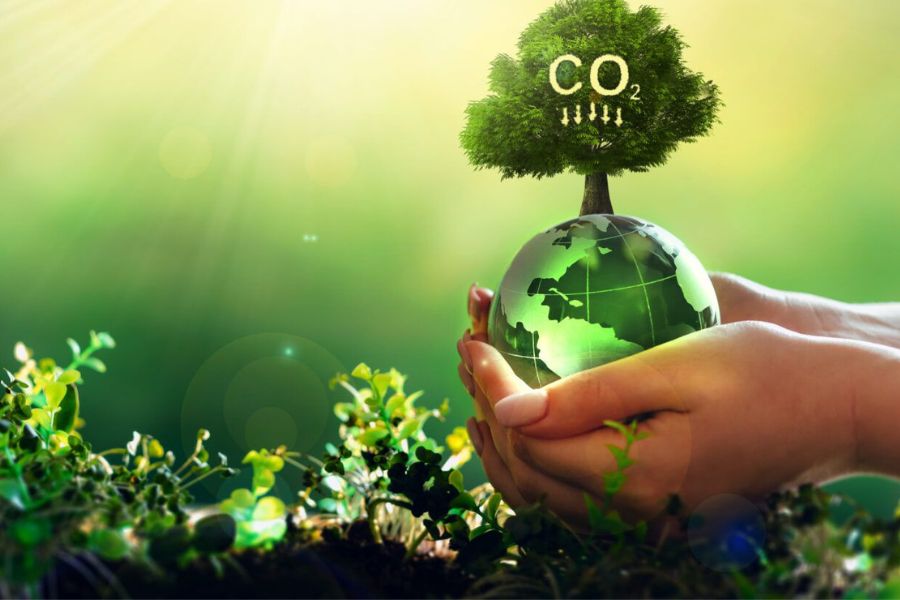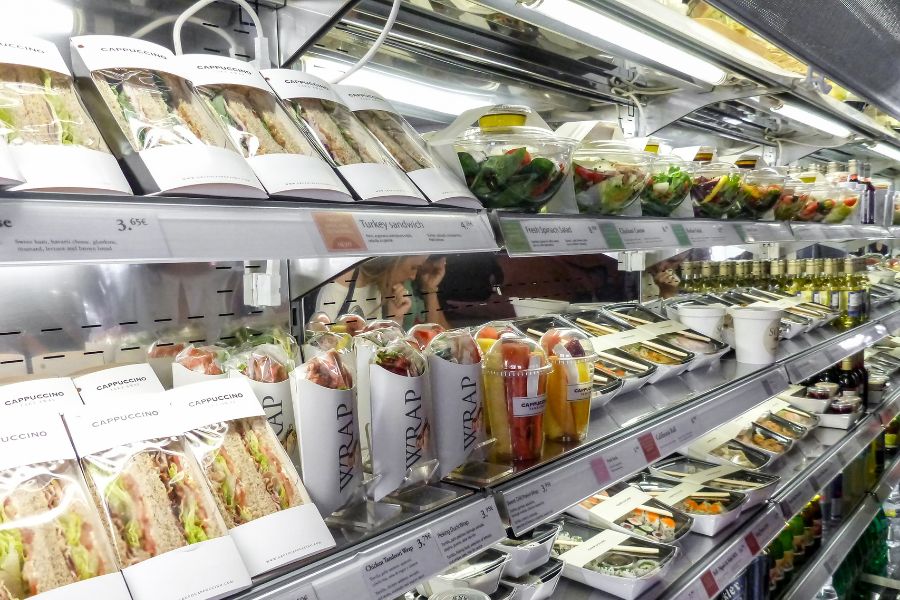Carbon labelling: The next big trend in F&B packaging?
According to FAO, the food supply chain is on track to overtake farming and land use as the largest emitter of greenhouse gases from the agri-food system. At a time when ethical consumerism is on the rise, carbon labelling is becoming a need of the hour for the global F&B industry.

The food and beverage industry is responsible for 36% of global emissions. According to a study by Greencast, meat accounts for nearly 60% of all food-production emissions, almost double that of plant-based foods. Similarly, cocoa, coffee, soybeans, rice, maize, palm oil, and wheat have the largest plant-based food footprint per tonne. The Food & Agriculture Organization estimates further that the food supply chain is on track to overtake farming and land use as the largest emitter of greenhouse gases from the agri-food system.
However, given that food is an essential commodity for survival, the F&B industry needs to take measures to arrest its impact on the planet. This would involve the industry to critically cut its carbon emissions across the value chain right from cultivation (by adopting sustainable agricultural practices) to developing and delivering products (such as plant-based alternatives) with low carbon footprint to consumers. This blog discusses one such novel initiative in the F&B supply chain that can prove to be a game-changer in lowering the industry’s emissions – carbon labelling in food packaging.
Carbon labels: The hottest trend in F&B packaging industry
Before we delve into the global adoption practices of carbon labelling, it is pertinent to understand what this concept entails. The International Organization for Standardization (ISO) has developed a series of standards on carbon accounting and labeling of products & services produced by organizations across the globe. A research paper by Guenther et al states:
Carbon labels show the amount of carbon dioxide (CO2) and other Greenhouse gases emitted during the production, distribution, use and disposal of a product. Carbon Reduction labels display the reduction of carbon emissions that has been achieved during the production, distribution, use and disposal of a product.
Another point worth noting is that carbon labels are not the same as sustainable labels or eco-labels. While carbon labels focus specifically on carbon dioxide (CO2) and other greenhouse gases emitted during the production, distribution, use and disposal of a product, sustainable labels inform consumers and other groups about the environmental impacts of producing or using a product. Eco labels, on the other hand, set minimum environmental and health standards and verify products that meet the criteria.
Countries leading the carbon packaging race
Amidst the global clamor on climate change, consumers these days consider sustainability to be an important part of their day-to-day shopping habits. A survey of 6,000 consumers in 11 countries across North America, Europe and Asia conducted by Accenture found that 72% of respondents were currently buying more environmentally friendly products than they were five years ago. It added that 81% of the people surveyed expect to buy more over the next five years. This is confirmed by another study that found that 50% of respondents agreed that carbon emissions of a product are a factor in their purchasing decision.
Taking this into account, countries like Japan, South Korea, Thailand, Switzerland & Sweden came up with carbon labeling schemes and practices as early as 2009. The European Commission’s “Farm to Fork” strategy calls for an EU sustainable labelling framework by 2024 to make food systems more eco-friendly, fair and healthy. It encourages the food system to have a neutral or positive environmental impact through numerous regulatory and non-regulatory endeavors. Similarly, Denmark made headlines this year to become the world’s first country to come up with its own climate label for food. Further, an inter-continental study by McKinzie has found that 29 out of 30 countries studied have started to discuss and implement sustainable-packaging regulations. Out of these, India & Argentina had the maximum number of packaging regulations centered around reduction; Belgium had the most regulations on recycling & reuse; and Egypt & US had the most regulations around labelling & traceability.
Addressing some key concerns
Although there is some literature regarding the impact of consumer attitudes towards carbon labels, there are certain issues concerning its adoption that the industry needs to watch out for. A major obstacle to the global adoption of carbon labels is that at a time when a significant proportion of the population is struggling for two square meals, the application of the concept of carbon labelling is likely to be limited to the developed regions. Further, even among this section, there are consumers who are unaware, misinformed or only have a rudimentary understanding of the carbon impact of their food purchasing habits.
Another challenge with the large-scale adoption of carbon labels is the lack of homogeneity in their adoption, given that different countries are coming up with their own set of carbon labelling norms. To complicate matters further, the method to calculate carbon emissions can vary leading to disparities. For example, while on a per calorie basis, broccoli emits more GHG than either pork or chicken, the converse is true if calculated on the basis of weight. Lastly, there is also a concern that carbon labels can be used for green washing i.e. misleading advertisements or false claims by companies that suggest they are doing more for the environment than they actually are.
Towards a sustainable food chain
With numerous countries formulating rules around sustainable packaging, it will not be surprising to see the international adoption of carbon labels in the next few years. However, there needs to be uniform standards so that information can be disseminated among consumers. Lastly, F&B brands need to remember that carbon labelling is not a panacea, and stakeholders need to work on comprehensive climate mitigation measures to mitigate the threats to global food security.













Leave a comment